Home / Albums / The Middle Ages / Technology / Misc 19

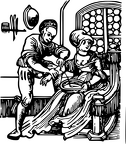 Bloodletting
Bloodletting Wet Cupping for a headache
Wet Cupping for a headache W. D. Hooper’s patent cupping apparatus with tubular blades
W. D. Hooper’s patent cupping apparatus with tubular blades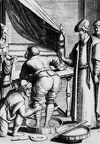 Scarification without cupping in Egypt
Scarification without cupping in Egypt R. J. Dodd’s patent cupping apparatus
R. J. Dodd’s patent cupping apparatus Patent for a complex cupping pump
Patent for a complex cupping pump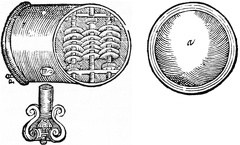 Paré’s scarificator
Paré’s scarificator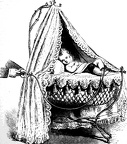 Junod’s boot applied to a baby in the cradle
Junod’s boot applied to a baby in the cradle Instruments for bleeding from the arm, 1708
Instruments for bleeding from the arm, 1708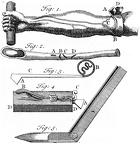 Instruments and technique of phlebotomy
Instruments and technique of phlebotomy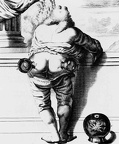 Dry cupping for sciatica
Dry cupping for sciatica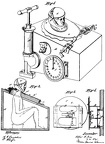 Depurator patented by A. F. Jones, 1866
Depurator patented by A. F. Jones, 1866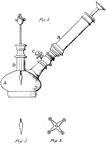 Demours’ device for combining cup, scarifier and exhausting apparatus
Demours’ device for combining cup, scarifier and exhausting apparatus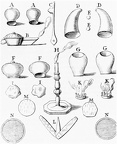 Cupping Instruments
Cupping Instruments An early illustration of the octagonal scarificator
An early illustration of the octagonal scarificator Advertisement for phlebotomy and cupping instruments
Advertisement for phlebotomy and cupping instruments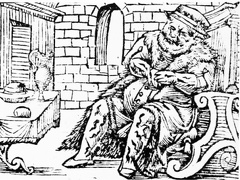 A man employing leeches to reduce his weight
A man employing leeches to reduce his weight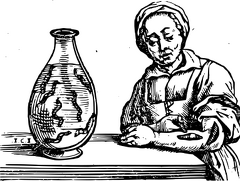 Woman using leeches
Woman using leeches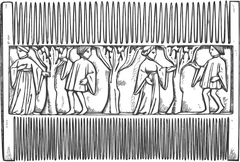 Comb
Comb



